Google shakes off tariff concerns to push on with $75 billion AI spending plans – but analysts warn rising infrastructure costs will send cloud prices sky high
Industry analysts warn Google and competitors could face huge cost increases – and that will ultimately trickle down to customers


Google CEO Sundar Pichai has confirmed the company will still spend $75 billion on building out data centers despite economic concerns in the wake of US tariffs.
While many were paused or reduced yesterday, heavy tariffs still remain on China, potentially raising the cost of infrastructure projects deemed necessary to enable the development and rollout of AI.
Speaking at the Google Cloud Next conference, Pichai took to the stage to confirm that the $75 billion investment was still planned for this year.
"The opportunity with AI is as big as it gets," he said. "That's why we are investing in the full stack of AI innovation, starting with infrastructure that powers it all. We are making big investments now, and for the future."
"This investment will be directed towards our servers and data centers, which includes power our AI compute and cloud business," he added. "So this will greatly benefit our customers, like all of you."
He added that the infrastructure spend will benefit existing services like Search and Google Workspace, but will also be used for training its Gemini model.
That $75 billion was originally announced by Google's parent company Alphabet in February as part of quarterly results reporting. Last year, Google spent $52.5 billion on capital expenditures, marking a significant increase.
Get the ITPro daily newsletter
Sign up today and you will receive a free copy of our Future Focus 2025 report - the leading guidance on AI, cybersecurity and other IT challenges as per 700+ senior executives
Similar infrastructure investment is planned by rivals. Microsoft said it would spend $80 billion on AI equipment this year, while Meta announced spending of $65 billion.
That comes alongside huge data center investment as part of Project Stargate, a $500 billion plan to build AI infrastructure in the US that is backed — but not paid for — by the US government.
Enterprises could feel the pinch
The high cost of infrastructure required to support AI development was already causing concerns. Last year, Microsoft said that it could take 15 years for the investment to pay off and investors at a host of major firms have voiced worries over spiraling capital expenditures.
With the arrival of tariffs and a looming trade war, these costs could surge even higher, according to industry analysts.
Mark Moccia, VP research director at Forrester, warned IT infrastructure in particular will experience “significant price increases” as major manufacturing nations face high tariff rates.
"The rising costs could balloon budgets and force CIOs to delay or prioritize the most important projects,” Moccia said. “CIOs and other tech leaders will need to proactively analyze costs, diversify sourcing, optimize inventory, and prioritize the projects that don’t sacrifice critical AI ambitions."
Similarly, Forrester principal analyst Lee Sustar said ambitious infrastructure plans and multi-billion dollar data center build outs will become “significantly more expensive” due to price increases on building materials.
Ultimately, he said, this could lead to rising cloud costs as major providers compensate for challenging economic conditions.
"At the same time, the demand for cloud services — especially pricey AI offerings — will drop at least in the near term due to uncertainty over the wider economy," Sustar said.
"Cloud providers will face pressure to pull back on big investments and pass costs to customers with price increases."
MORE FROM ITPRO
- Google CEO says more than 25% of the company's code is now AI-generated – is this the future of software development?
- Keep up to date with all the news and announcements from Google Cloud Next 2025
- Foreign AI model launches may have improved trust in US AI developers, says Mandiant CTO
Freelance journalist Nicole Kobie first started writing for ITPro in 2007, with bylines in New Scientist, Wired, PC Pro and many more.
Nicole the author of a book about the history of technology, The Long History of the Future.
-
 Bigger salaries, more burnout: Is the CISO role in crisis?
Bigger salaries, more burnout: Is the CISO role in crisis?In-depth CISOs are more stressed than ever before – but why is this and what can be done?
By Kate O'Flaherty Published
-
 Cheap cyber crime kits can be bought on the dark web for less than $25
Cheap cyber crime kits can be bought on the dark web for less than $25News Research from NordVPN shows phishing kits are now widely available on the dark web and via messaging apps like Telegram, and are often selling for less than $25.
By Emma Woollacott Published
-
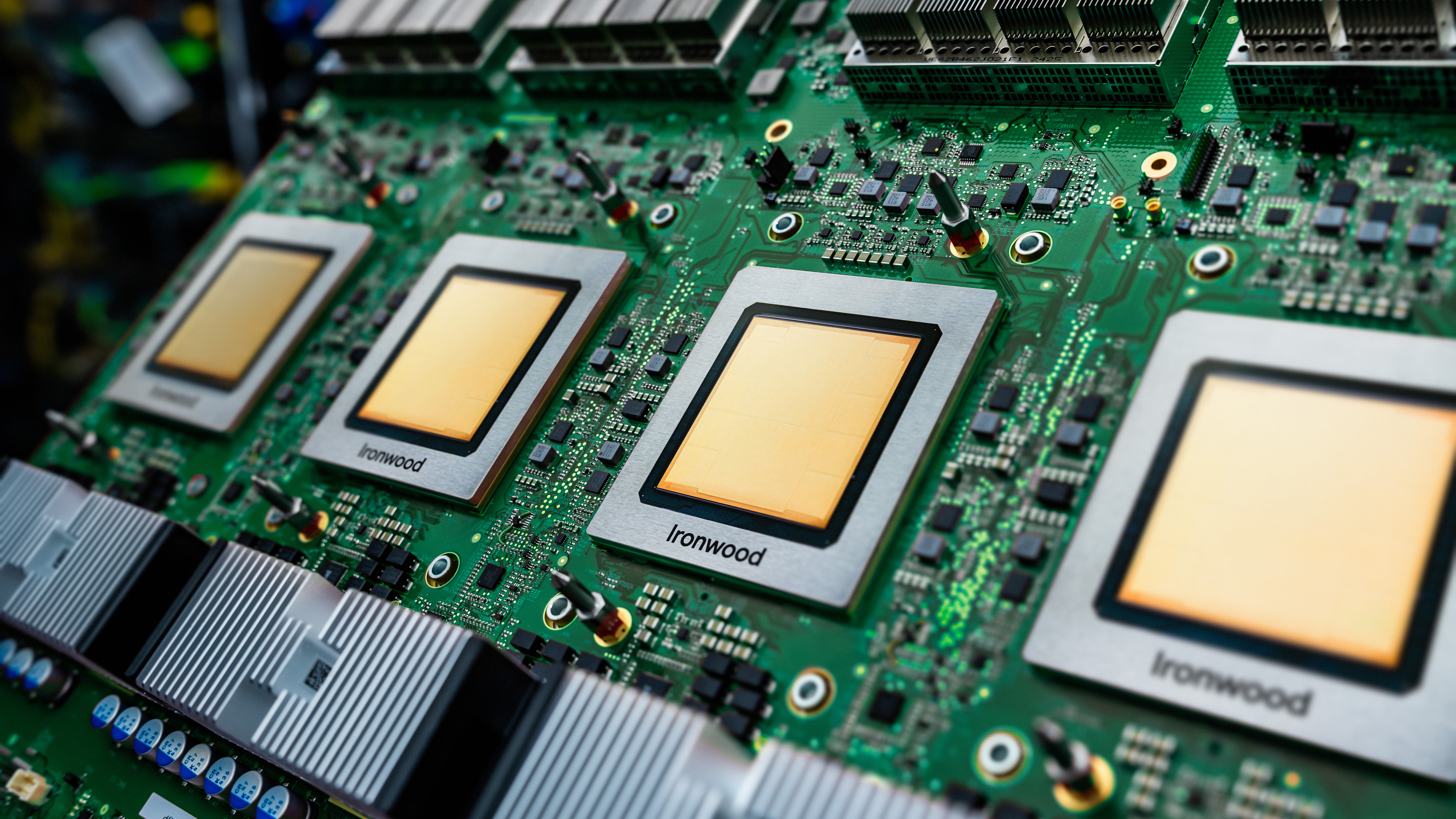 Google Cloud announces major computing boost with Ironwood chip, new hypercomputer upgrades
Google Cloud announces major computing boost with Ironwood chip, new hypercomputer upgradesNews Google has announced a new chip intended for AI inference, which it says is more powerful and better for AI requirements but also far more energy efficient.
By Rory Bathgate Published
-
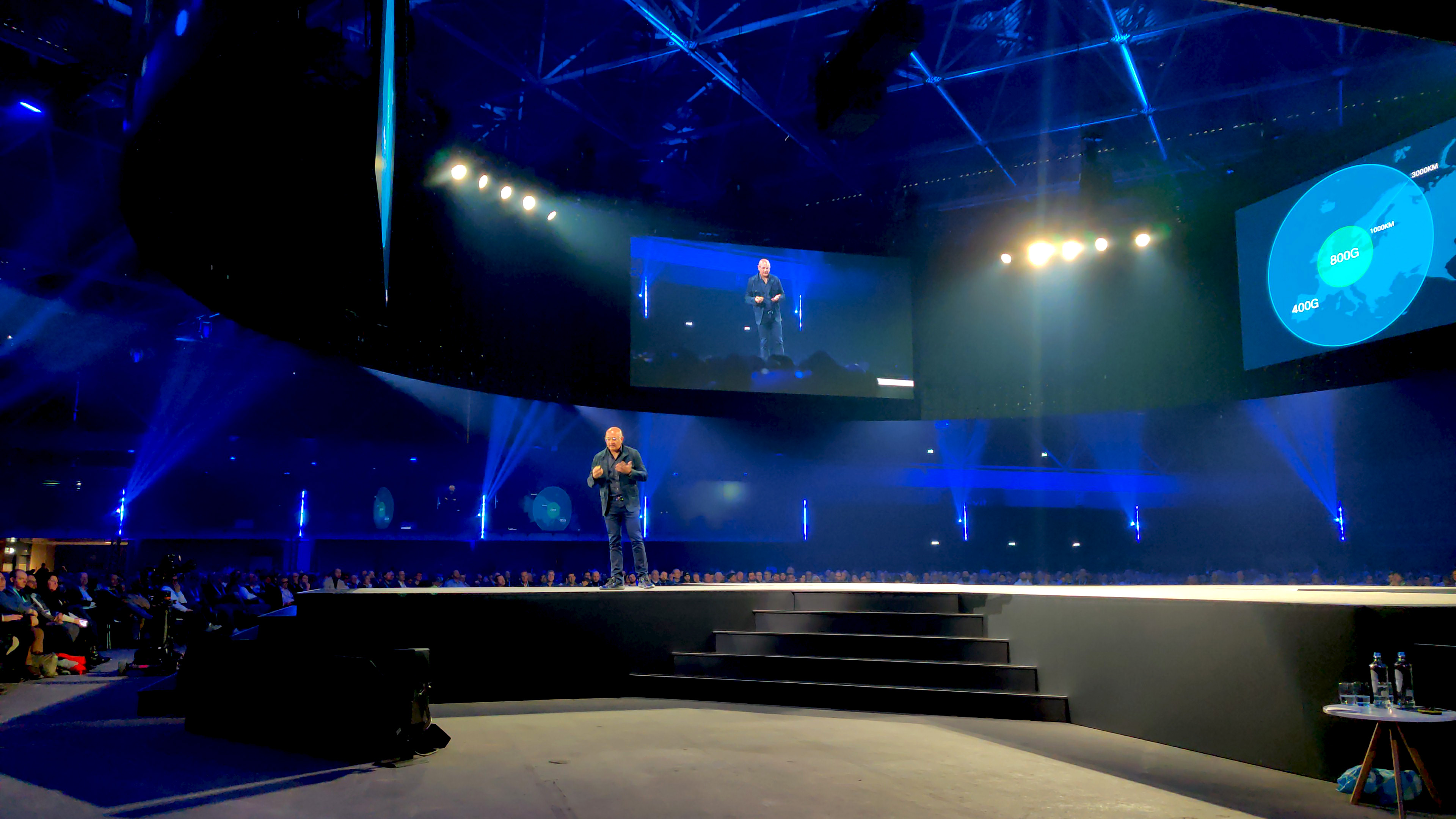 Cisco wants to capitalize on the ‘DeepSeek effect’
Cisco wants to capitalize on the ‘DeepSeek effect’News DeepSeek has had a seismic impact, and Cisco thinks it has strengths to help businesses transition to AI-native infrastructure
By Solomon Klappholz Published
-
 CoreWeave’s first two UK data centers are now operational
CoreWeave’s first two UK data centers are now operationalNews The company's European plans for this year also include new facilities in Norway, Sweden, and Spain
By Emma Woollacott Published
-
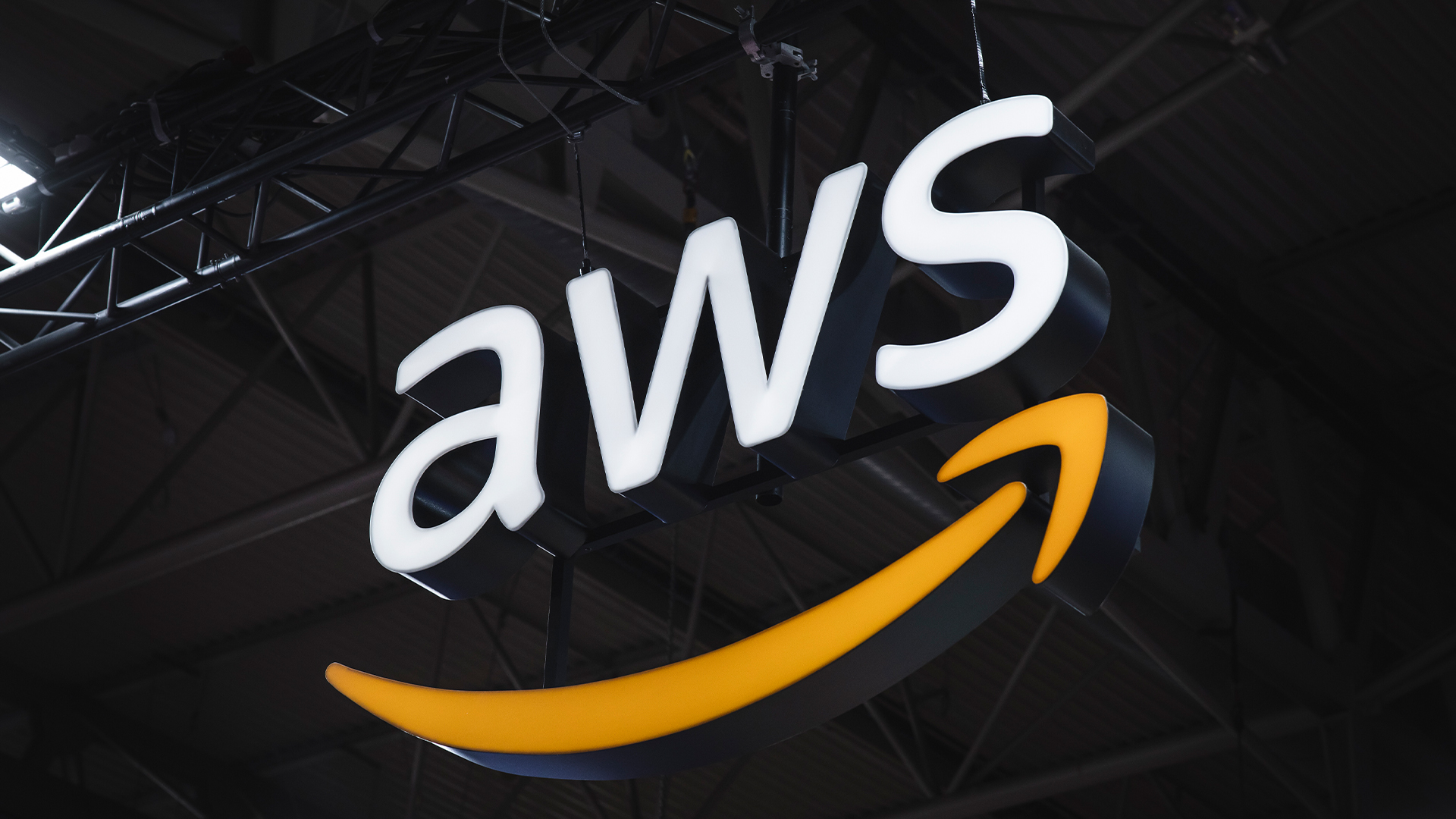 AWS eyes ‘flexible’ data center expansion with $11bn Georgia investment
AWS eyes ‘flexible’ data center expansion with $11bn Georgia investmentNews The hyperscaler says the infrastructure will power cloud computing and AI growth
By Nicole Kobie Published
-
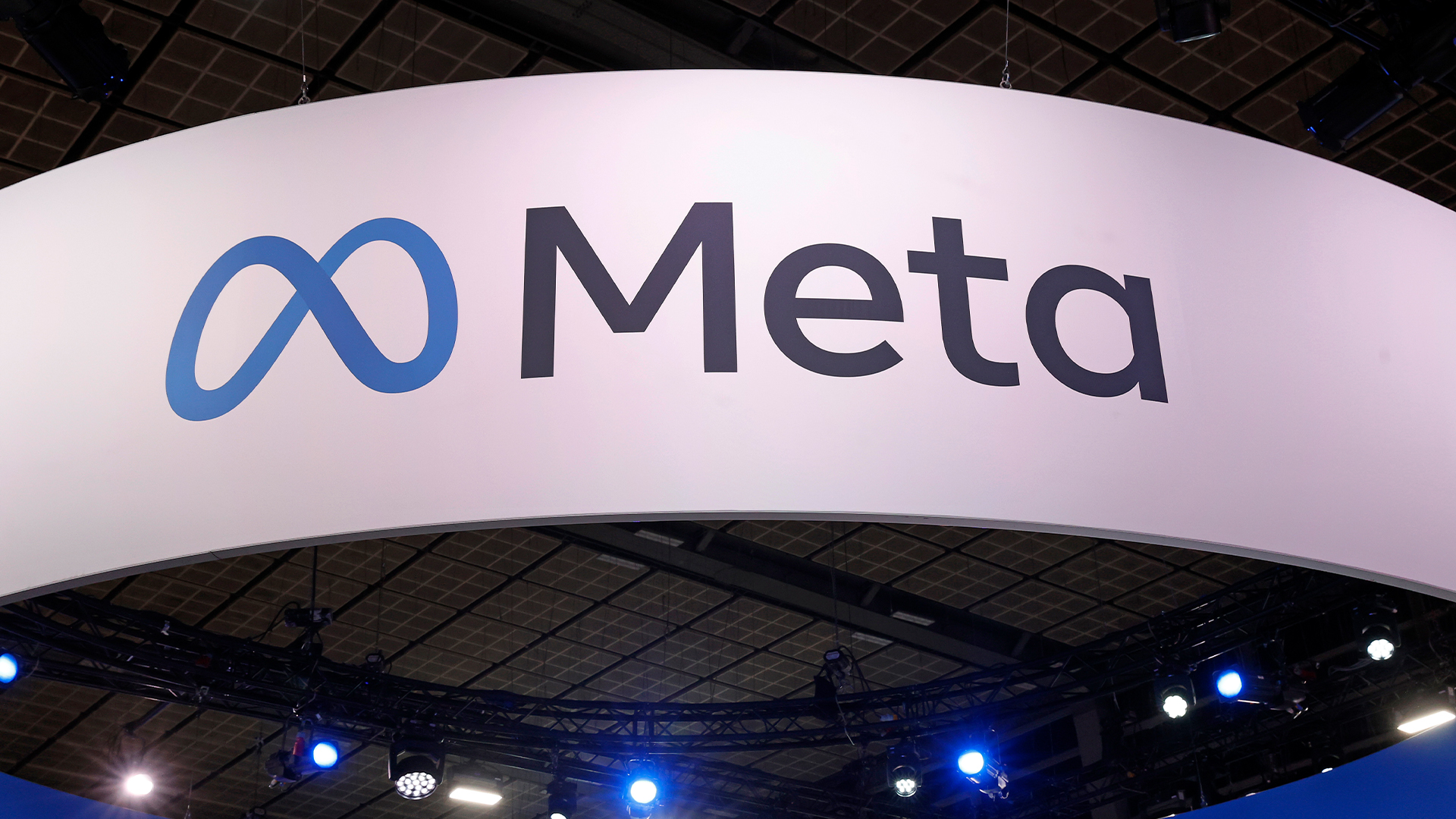 Meta wants to join the big tech nuclear club
Meta wants to join the big tech nuclear clubNews Meta has become the latest big tech company to explore the use of nuclear energy to power data centers.
By Nicole Kobie Published
-
 Future-proofing operations
Future-proofing operationsWhitepaper The Foundational Role of IT Infrastructure and Connectivity Solutions in Achieving Business KPIs
By ITPro Published
-
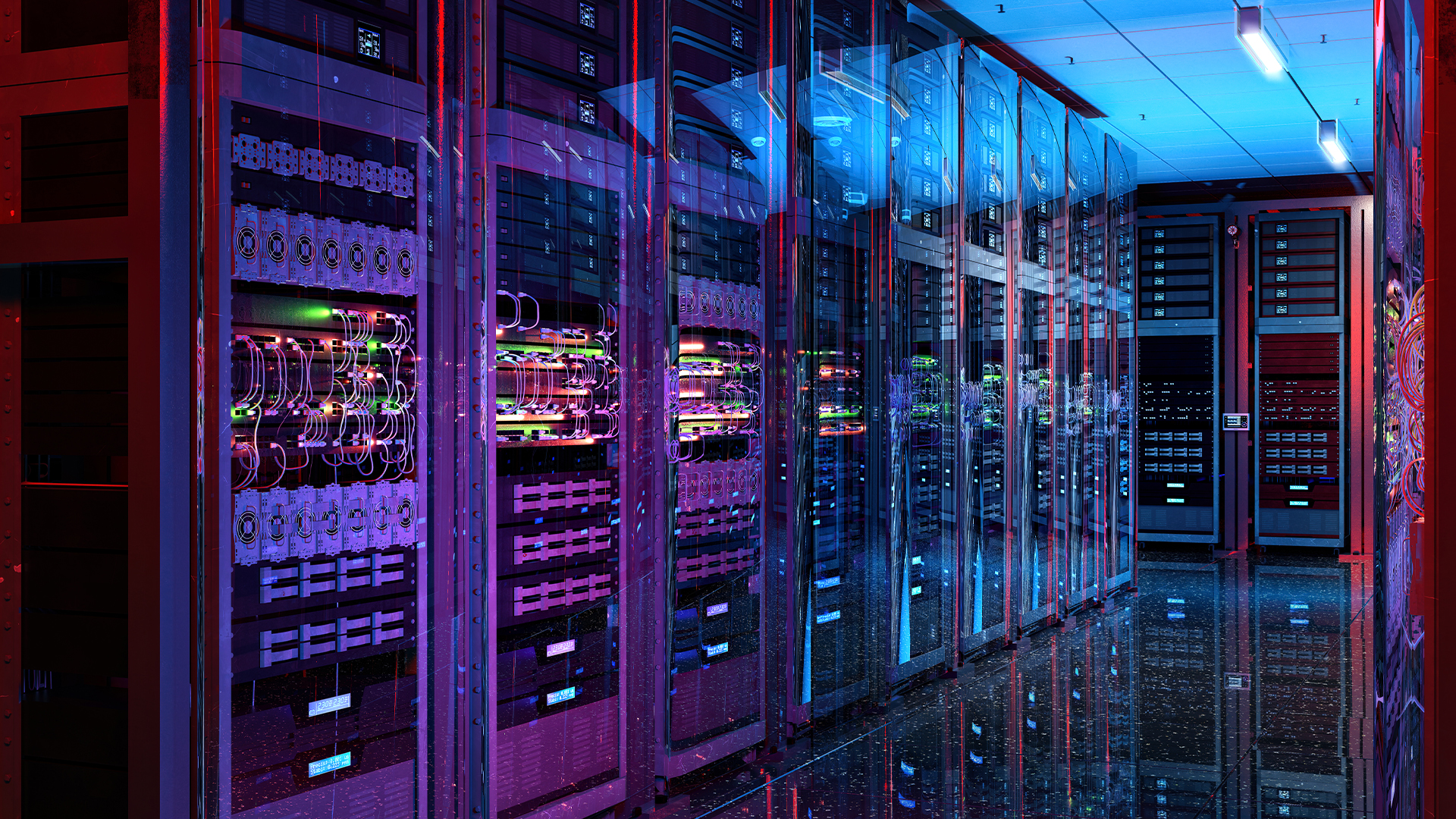 Data centers will be critical to UK economic growth in the coming decade – but researchers have warned of a ‘data doomsday’ unless energy infrastructure is improved
Data centers will be critical to UK economic growth in the coming decade – but researchers have warned of a ‘data doomsday’ unless energy infrastructure is improvedNews With TechUK calling for improved grid connections and easier access to renewable energy, a new study warns that the world's entire electricity supply may not be enough
By Emma Woollacott Published
-
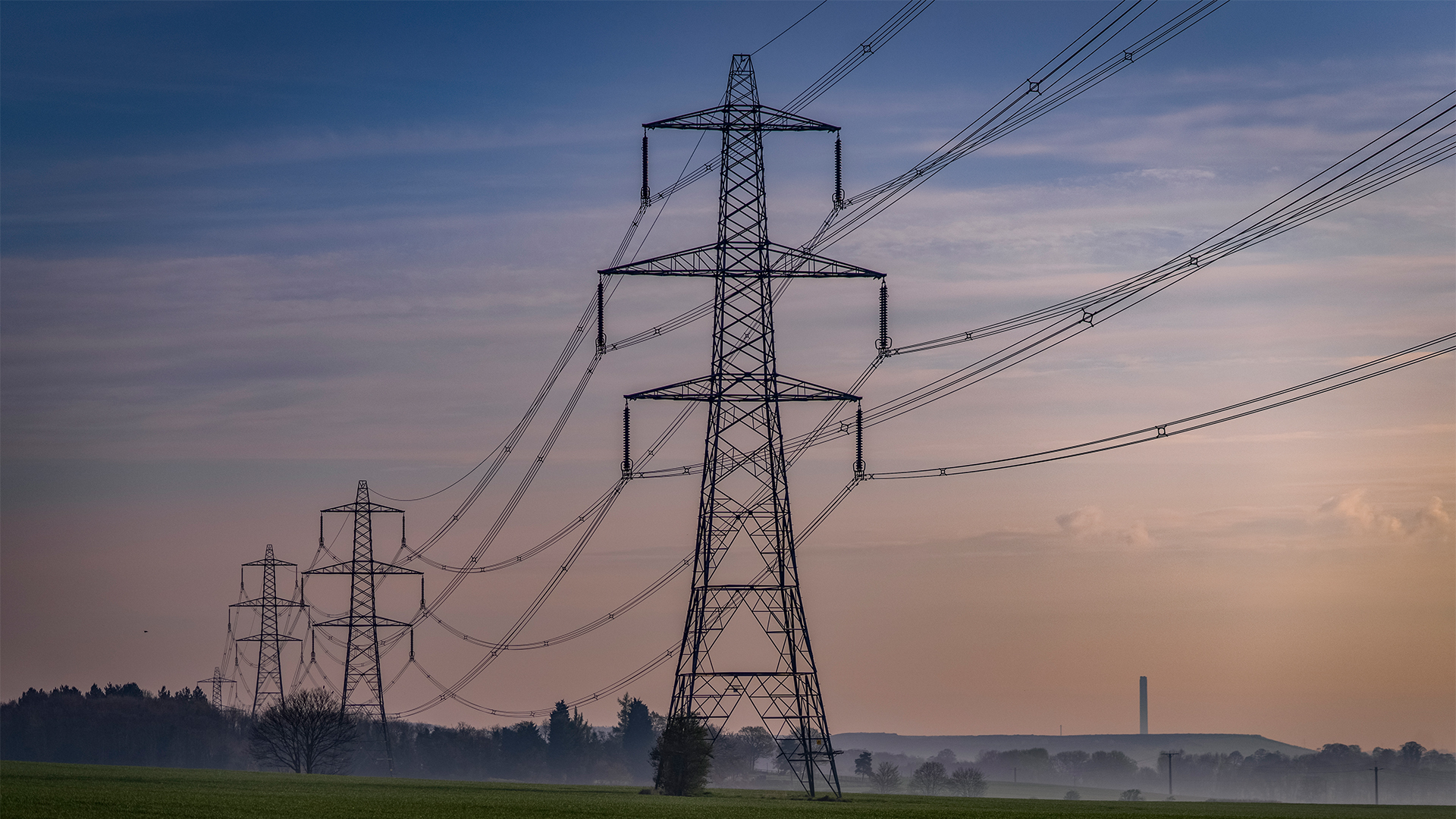 Europe needs more energy and better grids to meet data center power demands in the age of AI
Europe needs more energy and better grids to meet data center power demands in the age of AINews Data center energy demands in Europe are set to triple by the end of the decade, and that means countries will need to boost investment in sustainable power sources and upgrade grid infrastructure.
By Nicole Kobie Published